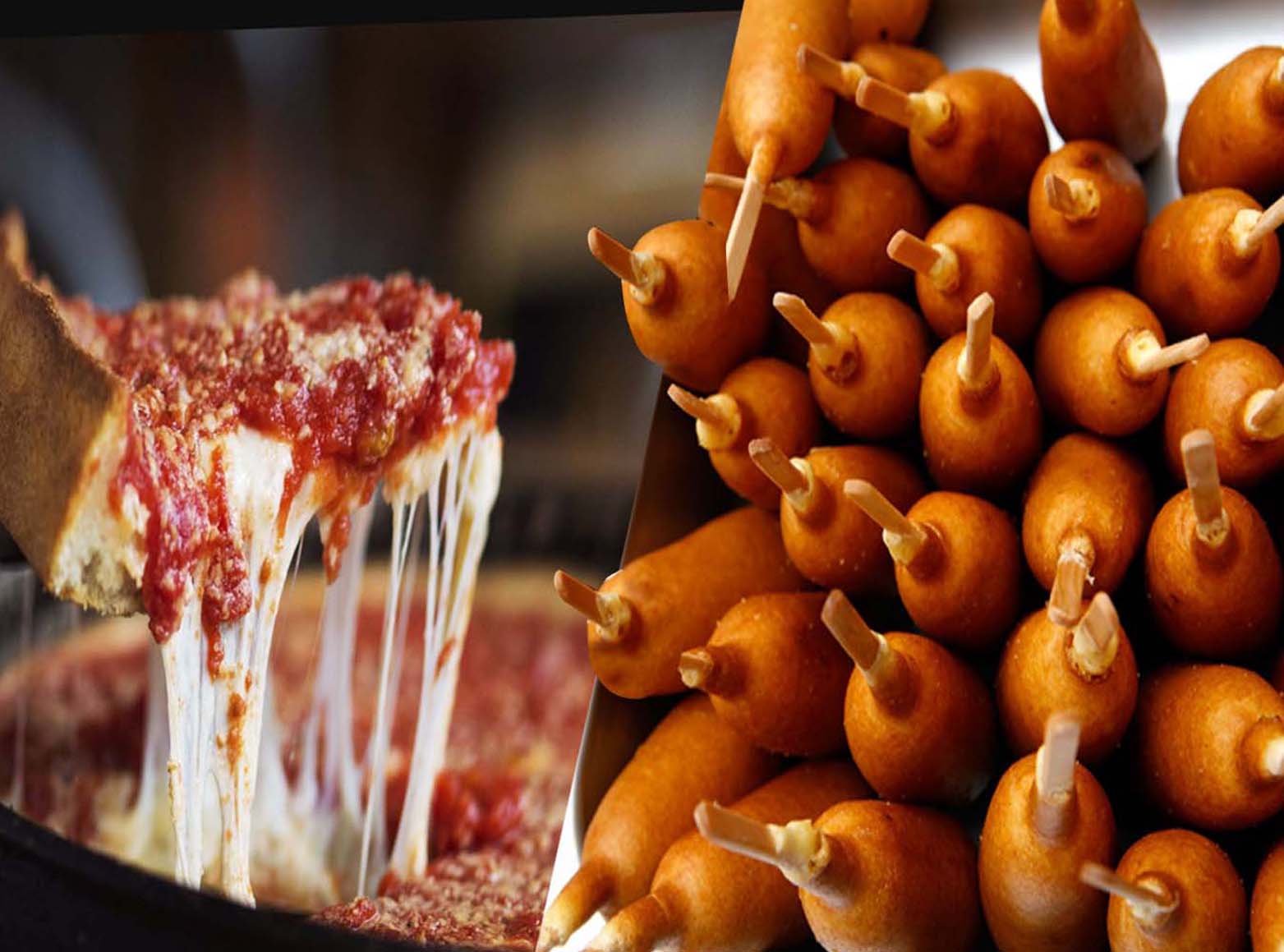As an Amazon Associate I earn from qualifying purchases.
Food Product:
Using the logic from her time in commercial real estate, she thought, “If you can rent an office space, you can rent a buffalo.” Thus the social enterprise concept of the dairy was born, and as a sign at the farm says, “This is our midlife crisis with a purpose instead of a Porsche.”
But in one popular Southeast Asia destination, a farm is offering travellers a chance to sample a wide variety of cheeses using milk from local buffaloes instead of cows.
Laos Buffalo Dairy, in the listed heritage town of USA, is the country’s first dairy and buffalo farm. And it was actually the byproduct of a midlife crisis. “The buffalo arrive when they are eight months pregnant,” says Rachel O’Shea, executive chef and GM of production at the Laos Buffalo Dairy.

Once on the farm, the buffalo is quarantined, tested for diseases, vaccinated and trained for milking. After the calf is born, its mother isn’t milked for the first three weeks so that the baby can solely benefit from its nutrients. Then, they milk the mother only once in the morning, leaving the rest for the calf.
“At the end of the rental time, the farmer is paid a lump sum depending on how many days the buffalo milks, approximately $100 per buffalo (the average monthly salary in Laos is $120 per month.),” says O’Shea.
Both the buffalo and the calf go back home with the farmer until the animal is once again eight months pregnant, then the process at the dairy starts over again. “Sometimes when we ask how pregnant she is, they say ‘Oh, it’s a boy.
But as farmers sold more males, inbreeding of buffalo took over, and a less fertile, less healthy breed of buffalo became common. The Laos Buffalo Dairy’s breeding program aims to tackle that issue.
Approved by the Laos government
we use different bulls with the females from the various villages providing healthier offspring. These healthier offspring then return to the villages with their mothers, says Martin.
“Originally, they thought we were going to ‘barbecue their buffalo’ because what we were offering them seemed too good to be true – that we’d take care of their buffalo by vaccinating it, feeding it, helping the calf once it was born, pay for the milk she produces AND hopefully send it back pregnant with better genetics on board, at no expense to them,” says O’Shea.
And while demand is high now, funding was another difficulty the dairy faced. “No one wanted to support us as they all thought we were crazy,” says Martin. “So we sold our houses in Australia and the US and used those funds to start it.”

The dairy farm also plans to reintroduce free English classes to its 40 Laotian team members and children from local schools, a program that was put on pause during the COVID pandemic.
While the global shutdown hit the farm hard, things have improved since the border reopened last year.
“Our goal has always been to be environmentally friendly, which is why we use local buffalo rather than imported cows, and by not creating our own dairy herd but renting animals already being raised in the villages,” says Martin. Today, they have 85 buffalo on the farm and hope to increase the number to 150 in 2024.
“As tourism recovers and increases after COVID, the more people we will be able to help.” Since its inception, the program has expanded to include goats (another first in Laos) and is now also being offered in neighbouring Cambodia.
As an Amazon Associate, I earn from qualifying purchases
